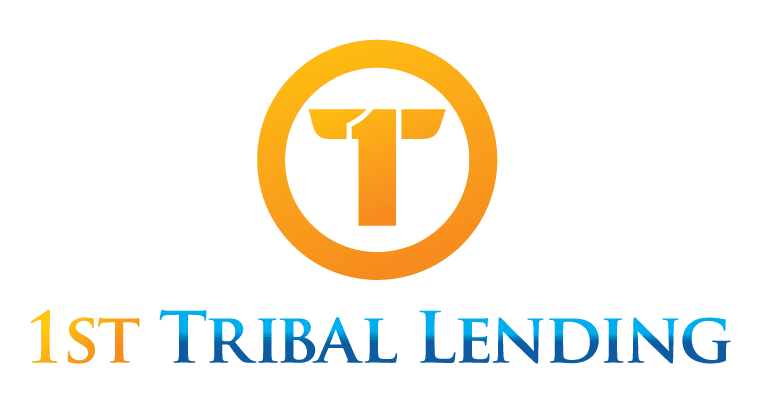Photo Courtesy of: http://opencuny.org/languagerevitalizationinthe21stcentury/
One of the things most people don’t realize is their limited and often mistaken understanding of Native American history and languages. Below are some interesting things that you should know about Native American languages and how they’ve not only influenced the Native American culture, but current US history and geography as well.
Wampanoag Language Coming Back
Through the tough efforts of the Wôpanâak Language Reclamation Project, which was founded by Jessie Little Doe Baird, the tribal language of the Wampanoag is coming back. As a consequence of colonial contact in the 17th century, the Wampanoag gradually ceased to speak their native language, which was a part of the Algonquian language family. To see more information, visit the project’s website which has class schedules, interactive word games, links, and the history of the project.
Sheer Number of Languages
One of the most impressive things about Native American languages, besides the fact that they are so unique and awesome, is the sheer number of different languages! Out of the languages that are indigenous to our continent, there are more than 50 that started here. Compared to Europe, who only really has three main language families, Native American languages blow them out of the water.
All Over the Map
Although people who live in the areas are probably aware of it, there are many names for rivers, mountains, town, and more that came from the indigenous native languages. For example, the names of the Appalachian Mountains and Texas both come from Native American languages. Also, stretching all the way from Alaska to Virginia, there are thousands of places, landmarks, towns, cities, rivers, mountains, and more that are given their names by Native American languages.
Played Key Roles in the World Wars
Not many know about the role that Native Americans and their languages played in both World War I and World War II. During the wars, Native Americans that were in the military used their own native languages to carry out missions, which included using ordinary words in their language to encode military vocabulary. Known as ‘code talkers’ these amazing soldiers were mostly from the Navajo tribe, but also represented 16 different indigenous languages including Cheyenne, Comanche, and Choctaw. The code talkers were crucial in making sure that the Germans and their allies could not break US codes, saving lives and aiding in many victories.
State/Federal Recognition
Unfortunately, there are currently only 2 states that recognize their indigenous languages with official status. Alaska recently became the second state, recognizing the 20 languages indigenous to the state as official languages. Hawaii was the first state to start this trend, and hopefully there will be more states to realize the importance of native languages and make them official as well. This will hopefully continue to be helped along by the 1990 Native American Languages Act passed by Congress. Currently up for renewal right now, the Native American Languages Act is a policy to preserve, protect, and promote the rights of Native Americans to use, practice, and develop their own native languages. This can include the classroom, helping ensure the survival of these amazing languages.

